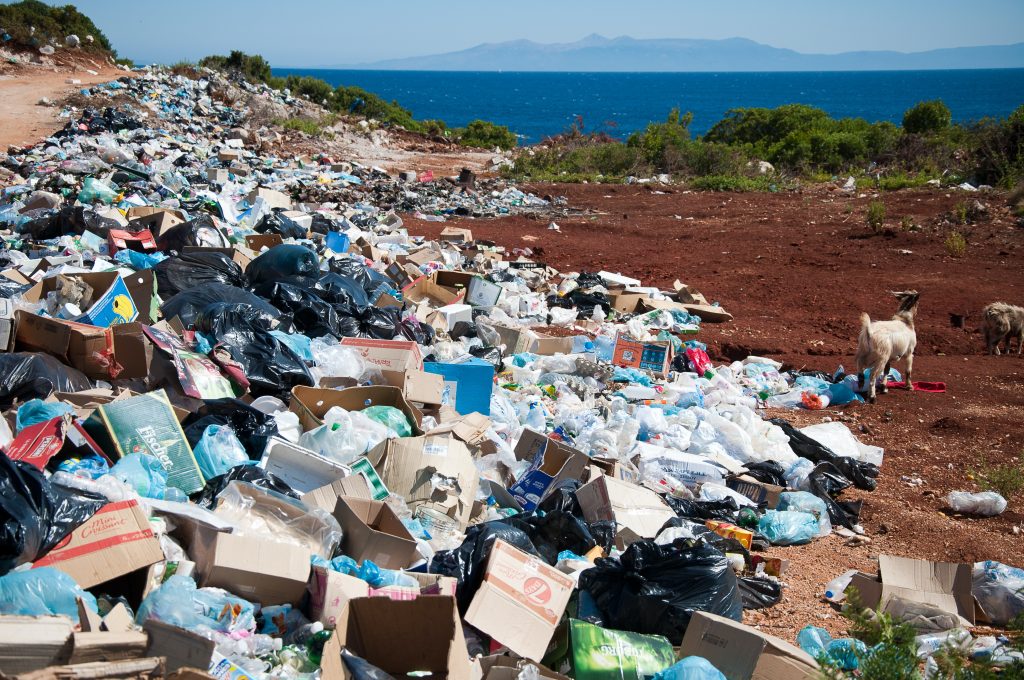Plastic waste is a growing concern worldwide, and researchers have been working hard to find solutions to this critical issue. Recently, some potentially promising news has emerged from a study that discovered microbes capable of breaking down plastic without requiring high temperatures. These microbes were found in the polar regions of the Arctic and the Swiss Alps. Although this is just the beginning of the research, these findings could have a significant impact on how we deal with industrial plastic waste in landfills, which causes massive ecological damage.
Degrading Plastic with heat is far from Carbon-Neutral
The traditional approach to harnessing plastic-degrading microorganisms has been hindered by their requirement for high temperatures. However, the microbes discovered in this study have rewritten the rules by showcasing their remarkable plastic-digesting abilities at low to moderate temperatures. Previous attempts to employ plastic-eating microorganisms at an industrial scale proved challenging due to the need for costly heating processes that were far from carbon-neutral. However, the newfound cold-adapted bacteria and fungi have the potential to revolutionize the field by providing an efficient and environmentally friendly solution.

Among the various microorganisms tested, two fungal strains, Neodevriesia and Lachnellula, emerged as the unsung heroes of plastic degradation. These extraordinary fungi exhibited the ability to break down almost all types of plastics tested, with the exception of polyethylene (PE), which remains a formidable challenge for current methods. Nonetheless, their success in decomposing biodegradable plastics, such as polyester-polyurethane (PUR), and commercially available mixtures of polybutylene adipate terephthalate (PBAT) and polylactic acid (PLA), offers significant hope for a more sustainable future.
the researchers believe that these microbes’ ability to break down plastics may have been influenced by their natural adaptation to break down cutin, a protective layer found in plants that shares similarities with plastic polymers. This fortuitous connection between the microorganisms and the plant polymer cutin has paved the way for their enzymes to target plastic polymers, providing a starting point for further exploration and innovation in plastic waste management.
Although this discovery is merely the tip of the iceberg, it signifies a significant milestone in our quest to combat plastic pollution. Further research and development are essential to optimize the efficiency of plastic degradation and scale up these solutions for industrial applications. By prioritizing innovative approaches to plastic waste management, we can envision a future where plastic pollution becomes a relic of the past, safeguarding the health of our planet for generations to come.
RELATED:
- How Harmful are Smartphones for the Environment?
- Sharp Aquos Wish 3 launched with water resistance, recycled plastic body, and more
- Best ChatGPT Prompts for Web Developers
(Via)







